For years, critiques of Cadillac vehicles often painted a picture of decline, suggesting a long slide from grace starting in the 1970s and extending into the early 2000s. While the 1980s undeniably represented a low point for the brand, the 1990s witnessed a resurgence. Cadillac unveiled a range of models that were not only sharply styled but also packed with innovative technology. Leading this charge, and perfectly embodying Cadillac’s revitalized spirit, was the 1992 Cadillac Seville.
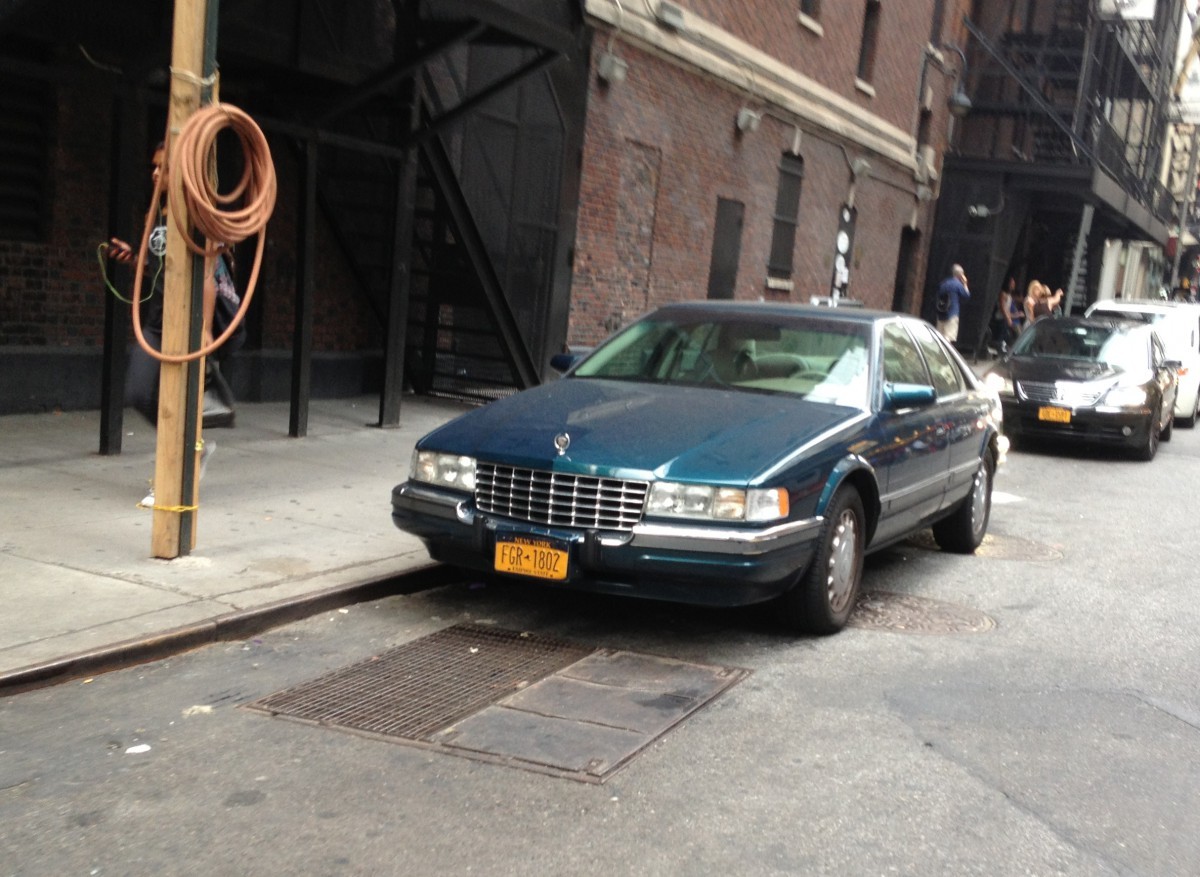 Front three quarter view of a 1992 Cadillac Seville, showcasing its redesigned styling that marked a turning point for Cadillac in the 1990s.
Front three quarter view of a 1992 Cadillac Seville, showcasing its redesigned styling that marked a turning point for Cadillac in the 1990s.
A Design Revolution: Shedding the Past
Even before diving into the mechanical advancements, the visual impact of the new Seville was undeniable. It was a stark departure from its predecessor, the boxy and somewhat uninspired 1986-91 Seville. The 1992 model embraced a sleek, rakish aesthetic, its increased length (by thirteen inches) and width (by two inches) further accentuating its sophisticated presence. The designers masterfully played with proportions, creating a longer hood and shorter deck, effectively minimizing the visual constraints typically associated with front-wheel-drive platforms. Although the wheelbase saw a modest increase of only three inches, the overall effect was transformative.
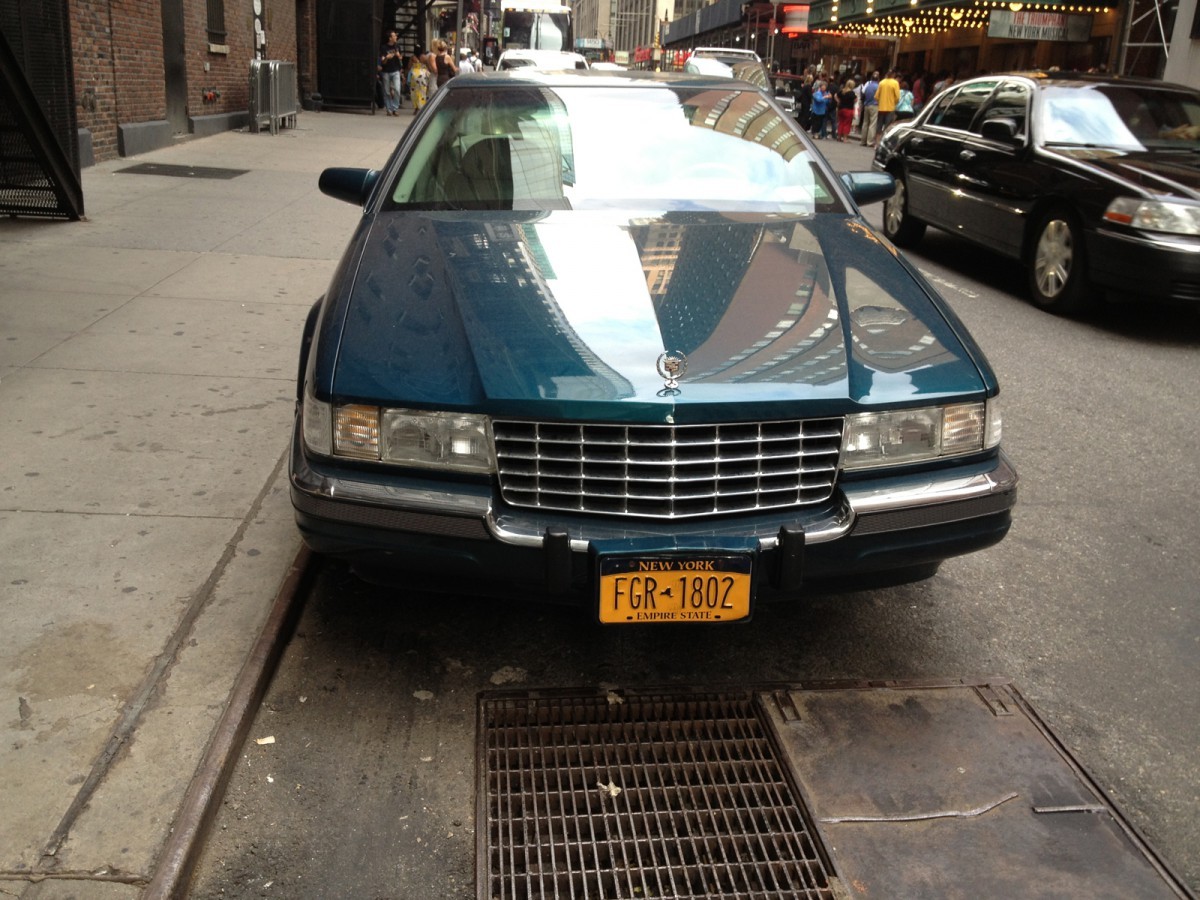 Rear quarter view of a 1992 Cadillac Seville highlighting its longer body and redesigned rear lights.
Rear quarter view of a 1992 Cadillac Seville highlighting its longer body and redesigned rear lights.
The interior underwent an equally dramatic overhaul. The previous generation’s blocky design was replaced with a more elegant, flowing layout, enhanced by genuine African Zebrano wood accents. The cabin exuded a warm and inviting ambiance, a deliberate contrast to the austere, Germanic design trends favored by many European competitors. Yet, Cadillac skillfully avoided falling into the trap of overly plush, “Brougham” styling, maintaining a refined and contemporary feel.
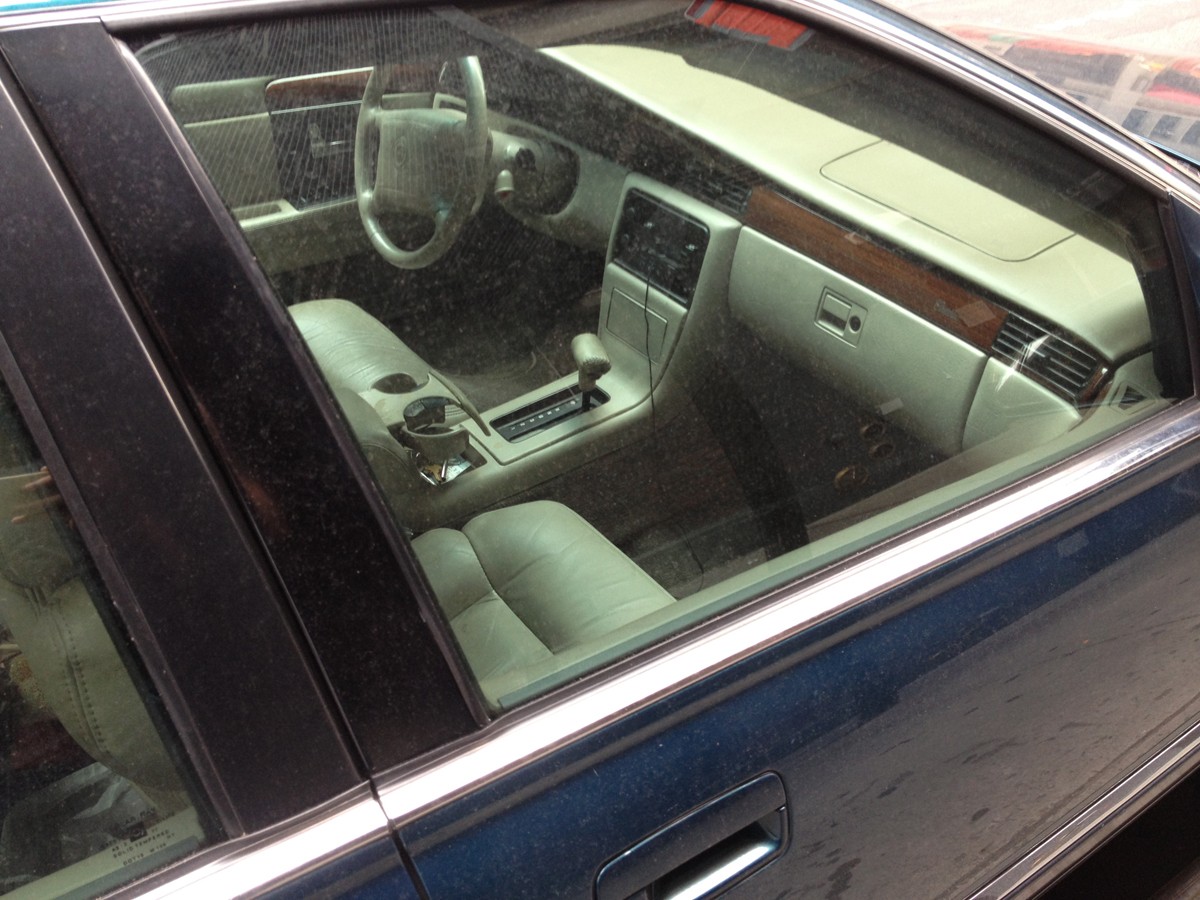 Interior of a 1992 Cadillac Seville showcasing the redesigned dashboard and Zebrano wood trim.
Interior of a 1992 Cadillac Seville showcasing the redesigned dashboard and Zebrano wood trim.
Seville STS and SLS: Catering to Different Luxuries
The Seville lineup continued to offer the STS (Seville Touring Sedan) as its performance-oriented variant and introduced a new luxury-focused standard model, which would be renamed SLS (Seville Luxury Sedan) in 1994. The STS distinguished itself with a firmer suspension, wider tires mounted on 16-inch wheels, analog instrumentation, and a reduced use of exterior brightwork, emphasizing its sporty character. Furthermore, the Seville was more clearly differentiated from its Eldorado sibling. While the Eldorado rode on a 108-inch wheelbase, the Seville benefited from a longer 112-inch wheelbase, contributing to its more substantial road presence. Although the Eldorado was also redesigned for 1992, its styling remained closer to traditional Cadillac cues, particularly with its vertical C-pillar. The Seville, in contrast, represented a bolder and more progressive design direction. Reflecting these differences, the Eldorado was priced starting at $32,000, while the Seville occupied a higher price bracket, ranging from $35,000 to $38,000.
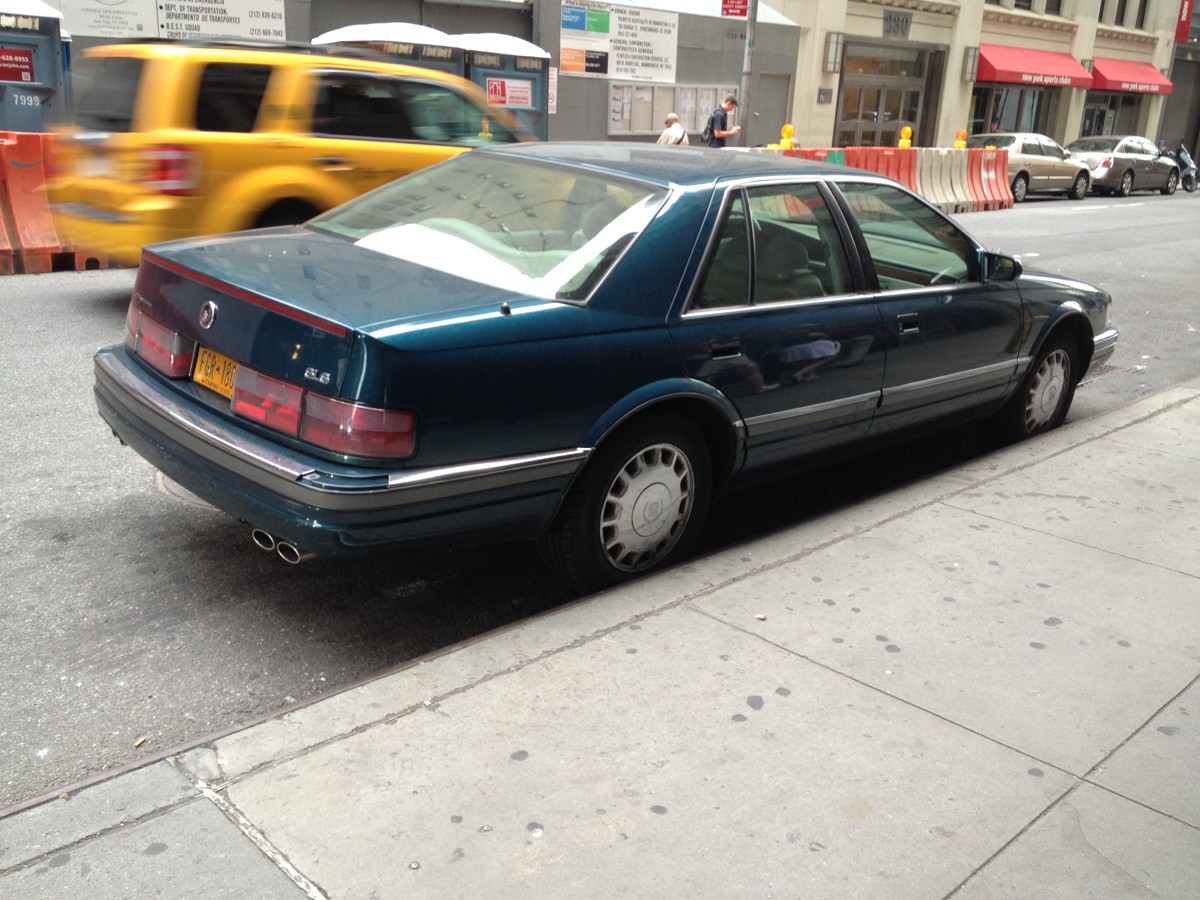 Side profile of a 1992 Cadillac Seville STS emphasizing its sporty stance and wheel design.
Side profile of a 1992 Cadillac Seville STS emphasizing its sporty stance and wheel design.
Initial Power and Acclaim: The 4.9L V8
Initially, the 1992 Seville carried over the transversely-mounted 4.9-liter V8 engine, producing 200 horsepower and 275 lb-ft of torque. This engine, paired with the smooth and responsive 4T60-E four-speed automatic transmission, served as an interim powertrain solution. Despite being a carryover, this engine delivered a noticeable two-second improvement in 0-60 mph acceleration. This performance, combined with the Seville’s striking new design and improved driving dynamics, earned it significant accolades. The 1992 Cadillac Seville was crowned Motor Trend’s Car of the Year and secured a spot on Car & Driver’s prestigious 10Best list for 1992. Sales figures reflected this positive reception, soaring to 44,000 units, nearly double the previous year’s sales. Cadillac proudly quoted enthusiastic reviews in their advertising campaigns, including a particularly glowing statement from Automobile Magazine praising the Seville for possessing “the looks and performance to go with excellent handling and road holding… [and] is every bit as good as it looks.” The suspension architecture, featuring front MacPherson struts and an independent rear suspension with a transverse leaf spring, was retained, but the overall structure was made fifteen percent stiffer than the 1991 Seville, resulting in significantly enhanced handling.
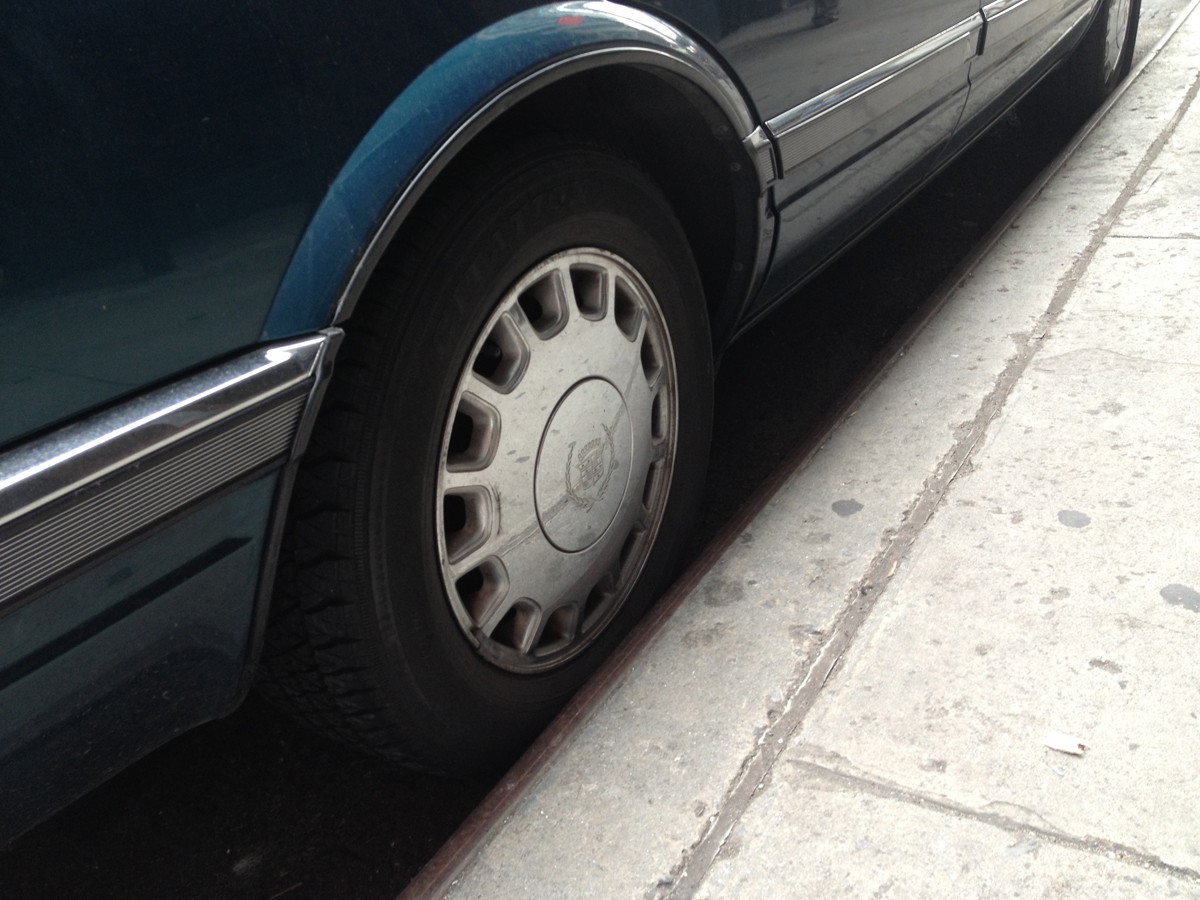 Front view of a 1992 Cadillac Seville showcasing its grille and headlights.
Front view of a 1992 Cadillac Seville showcasing its grille and headlights.
The Northstar Revolution: Powering into the Future
The year 1993 marked a true turning point with the introduction of the legendary Northstar V8 engine. Initially launched in the 1993 Allanté, the Northstar became standard in the Seville STS and, from 1994, in the SLS as well. This advanced double overhead cam, 32-valve engine dramatically elevated the Seville’s performance. Power output for the SLS reached 270 horsepower and 300 lb-ft of torque, while the STS variant boasted an even more impressive 295 horsepower and 290 lb-ft of torque. For the STS, this represented a substantial 95 horsepower increase, albeit with a modest 15 lb-ft torque gain. Both models achieved competitive power-to-weight ratios, with each horsepower in the STS, now channeled through the new 4T80-E automatic transmission, responsible for propelling just 12.9 lbs of vehicle weight. The STS also benefited from a new unequal-length control arm rear suspension, further enhancing its handling capabilities.
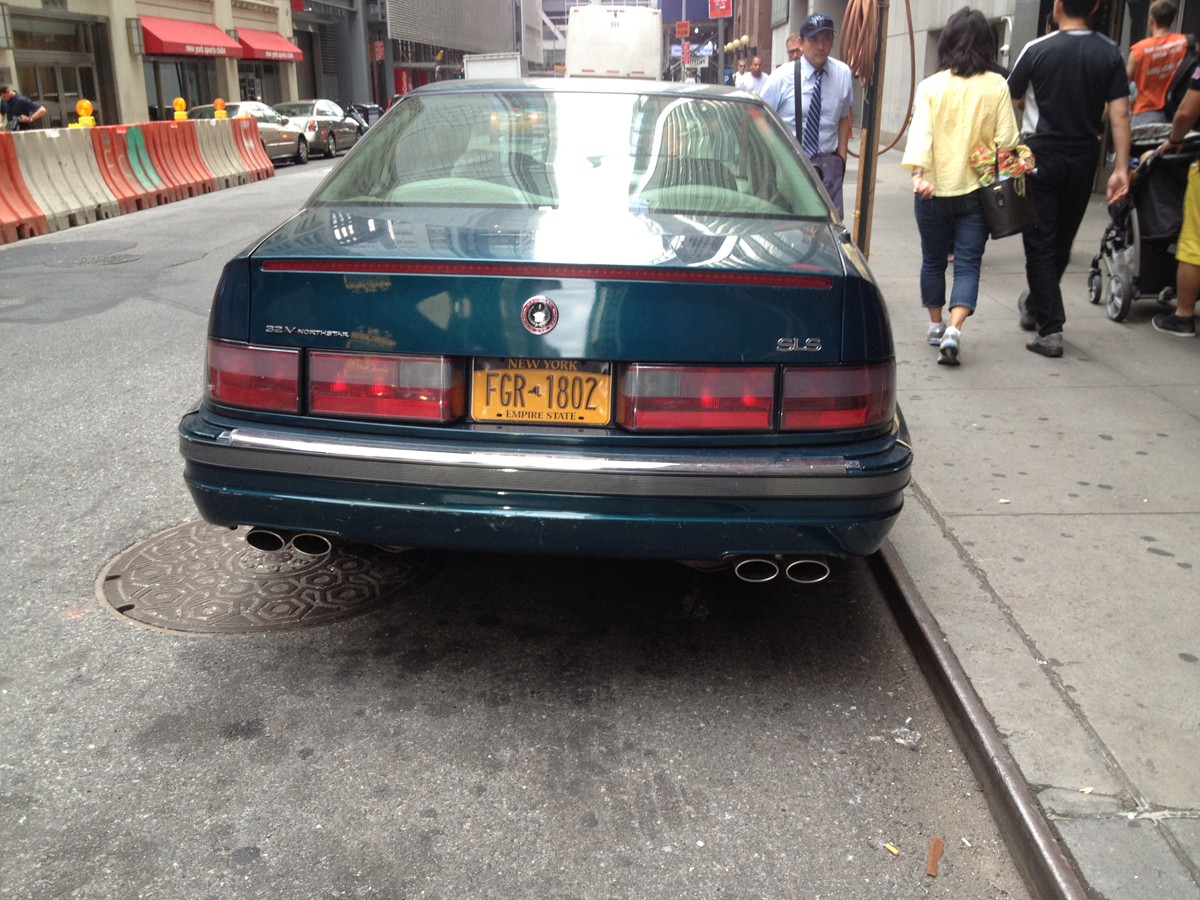 Engine bay of a 1993 Cadillac Seville STS showcasing the Northstar V8 engine.
Engine bay of a 1993 Cadillac Seville STS showcasing the Northstar V8 engine.
The Seville STS, equipped with the Northstar, could accelerate from 0 to 60 mph in around seven seconds – impressive performance for the era. Cadillac engineers successfully mitigated the inherent limitations of front-wheel-drive, minimizing torque steer. Motor Trend’s review highlighted this achievement, noting, “You can flatfoot the megapower Seville off the line with an arrow-straight trajectory.” Traction control became a standard feature on the 1993 STS, further managing the increased power. A 1995 Car & Driver comparison test against European and Japanese rivals lauded the Seville’s robust performance, spacious and luxurious interior, and striking design. While acknowledging the Cadillac’s exceptionally comfortable ride and highway cruising ability, they pointed out its tendency for body roll in corners and noticeable understeer. However, Car & Driver concluded that the STS was a more well-rounded package than the BMW 540i, despite the BMW’s handling优势, emphasizing that “Touring” was not just a badge but a true reflection of the Seville STS’s strengths.
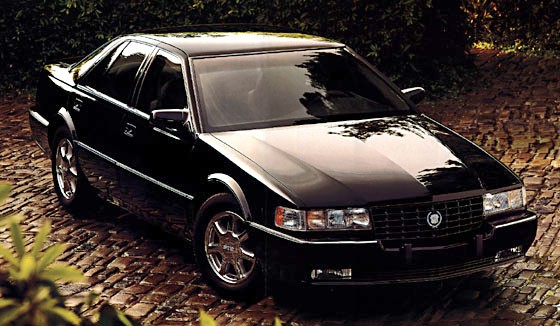 A Cadillac Seville STS parked in an urban setting, highlighting its styling and road presence.
A Cadillac Seville STS parked in an urban setting, highlighting its styling and road presence.
Staying Ahead of the Curve: Continuous Improvement
With the Northstar engine came a price increase. By 1994, the SLS was listed at $40,900, and the STS at $44,890. While the STS price saw a slight increase in 1995, it remained competitively priced, undercutting rivals like the Infiniti Q45t ($52,400), Lexus LS400 ($51,200), BMW 540i ($47,950), and Mercedes E420 ($52,500). The Lincoln Continental, equipped with a less powerful 4.6-liter Intech V8 (260hp, 260 lb-ft), was the only competitor priced below the STS, but it lacked the Seville’s interior refinement and dynamic capabilities. European manufacturers, facing increased competition, began to realize they could no longer command excessive price premiums.
Unlike some other GM models, the Seville was not allowed to become stagnant. The 1994 STS offered an optional fully-independent, continuously variable, speed-sensitive suspension (CVRSS) with dampers that adjusted to road conditions every 15/100th of a second, along with speed-sensitive power steering. CVRSS became standard on the SLS in 1997. In 1995, both the SLS and STS received a 5 horsepower bump, with the SLS reaching 275hp and the STS achieving 300hp.
Front-wheel-drive did impose limitations, and Cadillac would not exceed 300 horsepower in a front-wheel-drive vehicle. The final 2003 Seville STS still produced 300hp, and subsequent DTS Platinum and Performance models only offered 292hp. (GM surpassed these figures with the V8 W-Bodies of the mid-2000s, delivering 303hp and 320 ft-lb of torque). In its penultimate year of this generation, the Seville received a significantly revised interior with a more integrated console, as well as rain-sensing wipers and steering wheel audio controls. Even the final year saw worthwhile suspension refinements, the addition of Cadillac’s StabiliTrak system, wider front brakes, French-stitched leather, and NVH improvements. The Seville program demonstrated a commitment to continuous improvement, with the only perceived negative change being a slight reduction in the Northstar engine’s exhaust note.
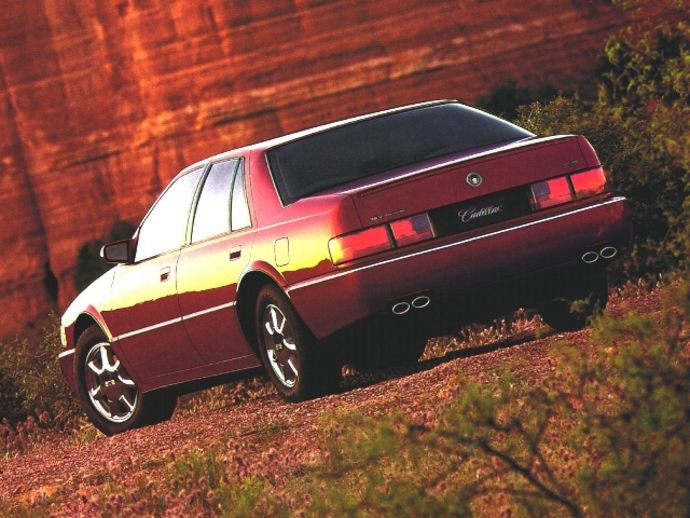 Rear view of a Cadillac Seville showing its trunk and taillights.
Rear view of a Cadillac Seville showing its trunk and taillights.
Sales Success and Lasting Impression
Seville sales peaked at 46,713 units in 1994, with a low of 37,239 in its second year. Sales consistently remained in the high 30,000 to low 40,000 unit range annually, significantly outperforming its predecessor, which averaged around 20,000 units per year, and even surpassing the “Bustleback” Seville of 1980-85. The Seville even outsold the Lexus LS in some years.
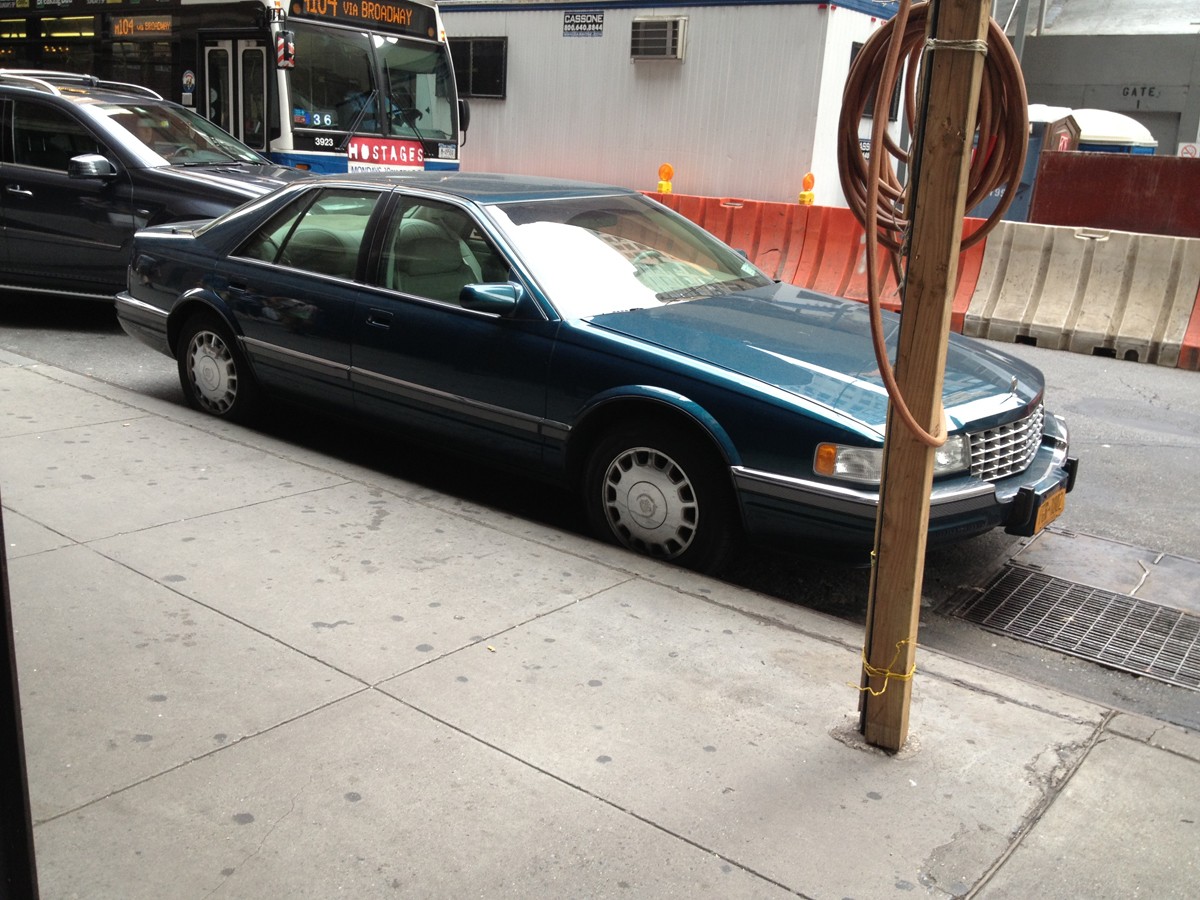 A Cadillac Seville SLS parked in a city environment.
A Cadillac Seville SLS parked in a city environment.
The author’s personal encounter with a 1994-95 Cadillac Seville SLS in Midtown Manhattan underscores the car’s enduring appeal. Despite not being sold in their hometown, the 1990s Sevilles and Eldorados were the first Cadillacs to truly capture their attention. Over time, their appreciation for the Seville grew, finding its design (and its 1998-2004 successor) exceptionally appealing. These models cemented a fascination with Cadillac, making it frustrating to see critics seemingly overlook their significance.
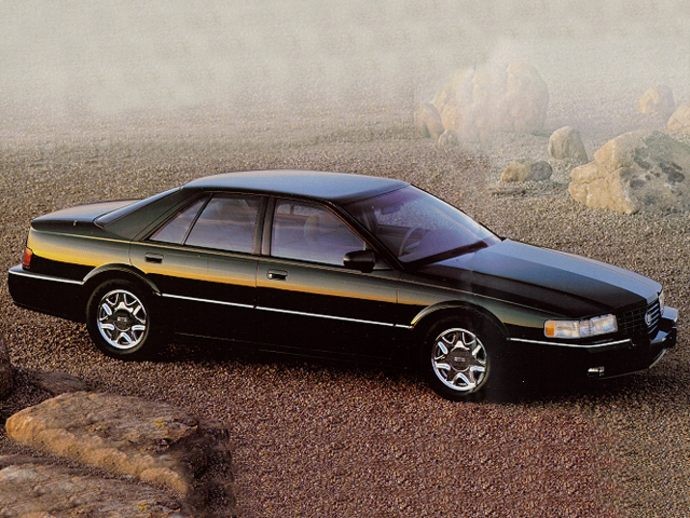 Close up detail of a Cadillac Seville wheel and tire.
Close up detail of a Cadillac Seville wheel and tire.
The 1992-97 Seville generation definitively demonstrated that GM could compete with European luxury brands, even with a front-wheel-drive configuration. While concerns about reliability, particularly regarding Northstar head gaskets and the complex CVRSS system, might contribute to some critics’ historical amnesia, the 92-97 Seville was far more than just aesthetically pleasing. It was a genuine contender, marking a crucial turning point for Cadillac and American luxury cars in the 1990s.
Related: 1975-1979 Seville CC 1980-1985 Seville CC 1986-1991 Seville CC